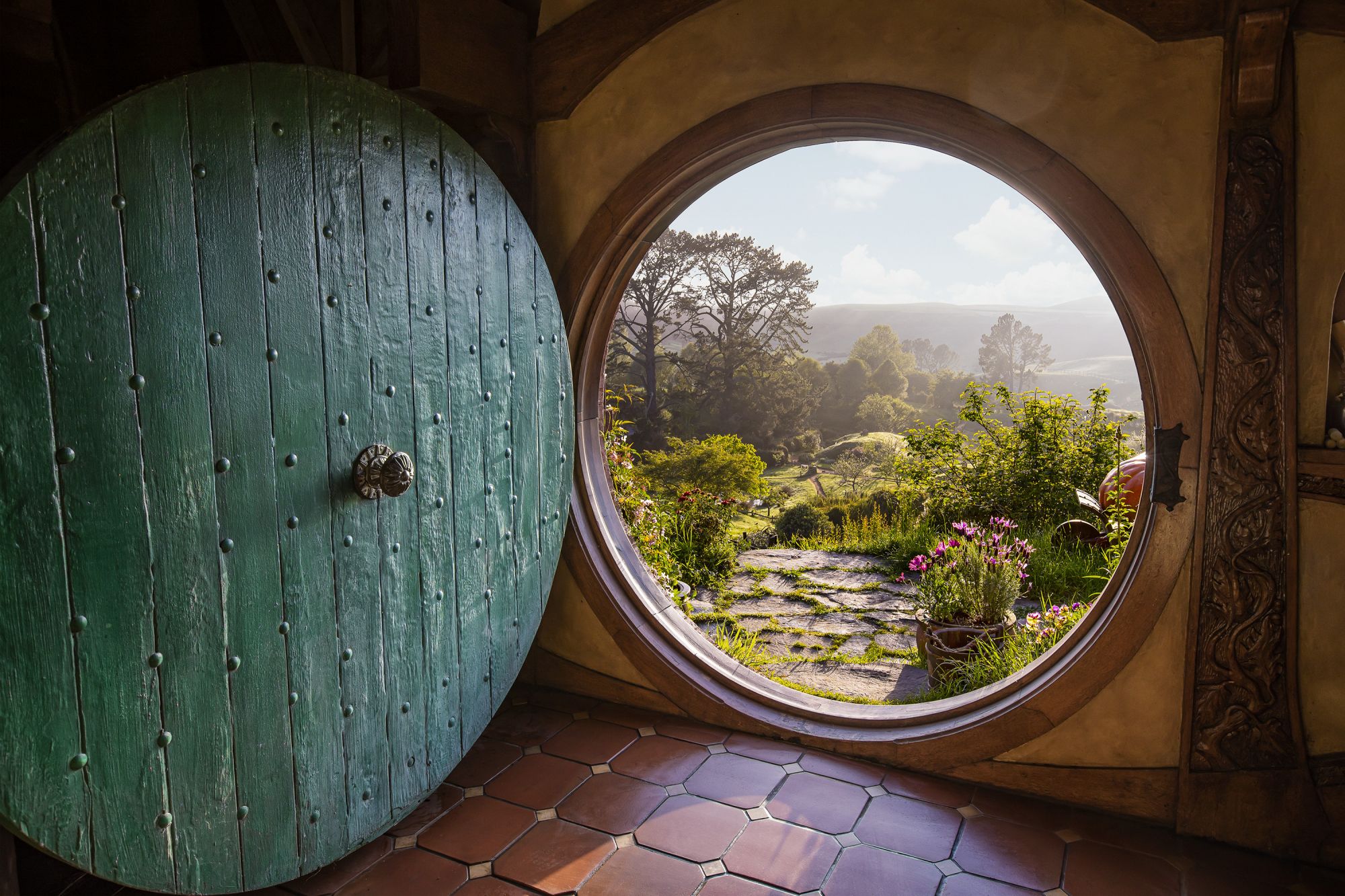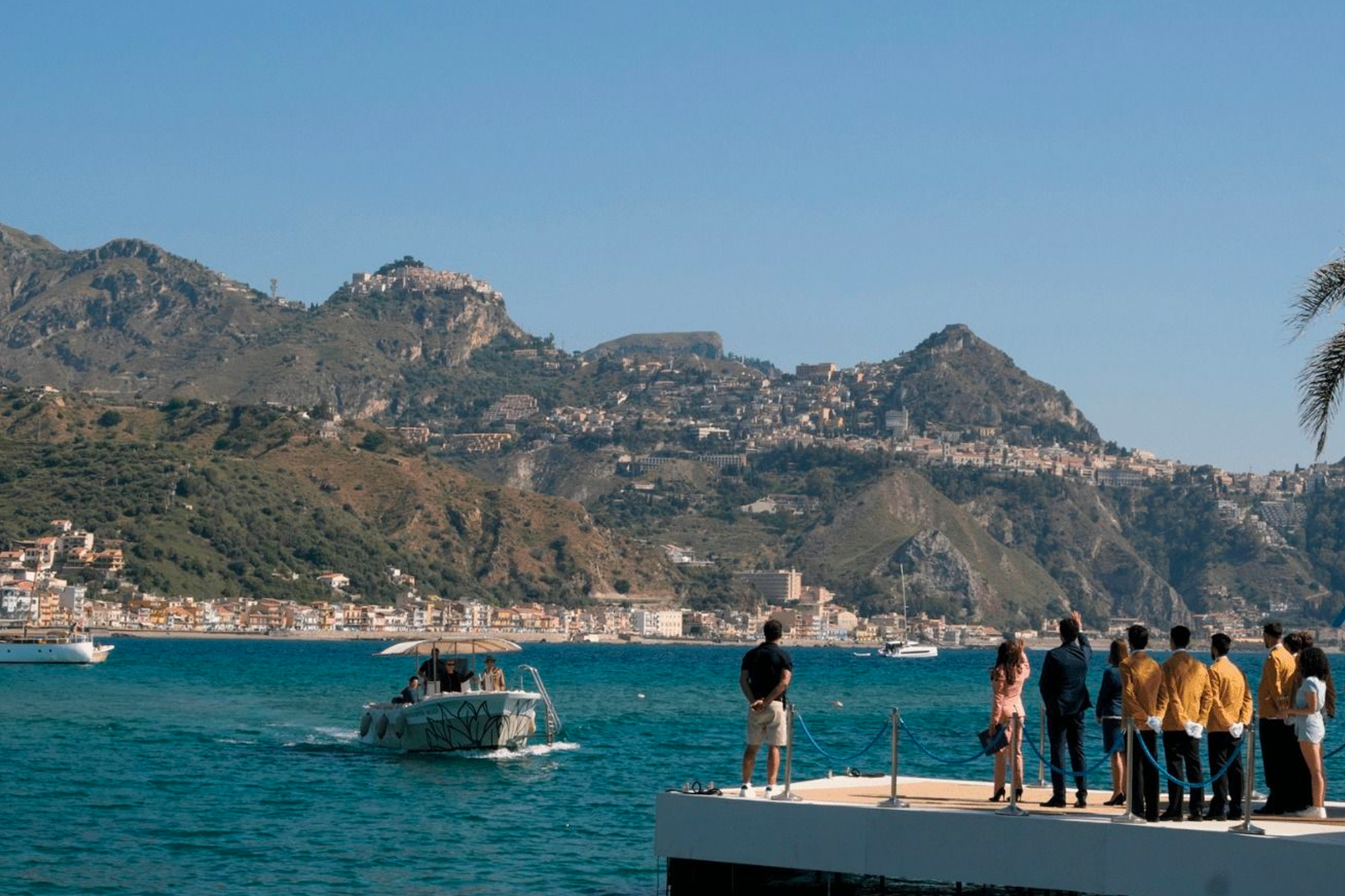When you hear ‘James Bond,’ you envision an Aston Martin, while the mention of ‘Wayne’s World’ brings to mind Doritos, Pizza Hut, and Pepsi.
These iconic films are illustrations of the industry’s well-known strategy of product placement, a marketing approach that taps into viewers’ emotions, leveraging the way our brains respond to stimuli on a subconscious level. For instance, if an aspirational movie character enjoys a particular brand of water, viewers are more likely to associate that brand with positive emotions like happiness or relaxation. This, in turn, creates a connection between the brand and the viewer, potentially influencing future purchasing decisions.
But did you know that over 80 million1 travelers now choose their next destinations based on films?
The power of destination placement.
While product placement has been a staple in the film industry for decades, a recent trend has emerged: a symbiotic relationship between film, tourism, and economic growth. Filmmakers and tourism boards are collaborating to transform destinations into key protagonists within screenplays, inviting viewers to discover the wonders of a nation rather than subconsciously enticing them to purchase a product.
One of the most tangible impacts of film-induced tourism is evident in New Zealand, the breathtaking backdrop for the “Lord of the Rings” trilogy.

Hobbiton, Lord of the Rings (Image Credit: Airbnb)
The series “White Lotus”, a TV show about a group of affluent hotel guests enjoying a lavish vacation at prestigious resorts in Hawaii and Italy, had a similar effect. Instead of constructing artificial hotel room sets on a Los Angeles soundstage, series creator Mike White opted to film within the opulent Four Seasons Resort in Maui and the Four Seasons San Domenico Palace in Italy. The decision had a substantial impact, with web traffic to the Four Seasons Maui site experiencing a remarkable 425% increase during the first season of the show.

White Lotus, Season 2 (Image Credit: HBO)
Showcasing Saudi on the big screen.
Beyond Hollywood, Saudi Arabia is leveraging film as a way of spotlighting the stunning geographical diversity of the country through compelling, protagonist-driven narratives, a strategy which is helping the Kingdom realize its ambition of increasing the tourism sector’s contribution to 10% of the National GDP by 2030. The Kingdom’s film commission also provides a cash rebate of up to 40%2 on production spend for international shoots that recruit Saudi crew and talent above and below the line, showcasing the nation’s culture and people. This approach has led to an influx of international projects to Saudi, with productions like Gerard Butler’s “Kandahar” and Rupert Wyatt’s “Desert Warrior”.
Gone are the days of endless scrolling through brochures, travel blogs, or influencer content for travel inspiration. Today, travel destinations turn to the film industry to immerse potential guests in the wonders of their locales. Travelers need only visit a cinema or open Netflix, Amazon Prime, or Apple TV to embark on a journey and discover where 2024 will take them.
Insignia Worldwide crafts new realities at the intersections of strategy and storytelling, by challenging what is humanly possible and creating what is Impossibly Human.TM
1 (Source: TCI Research)
2 (Source: Film Saudi)
